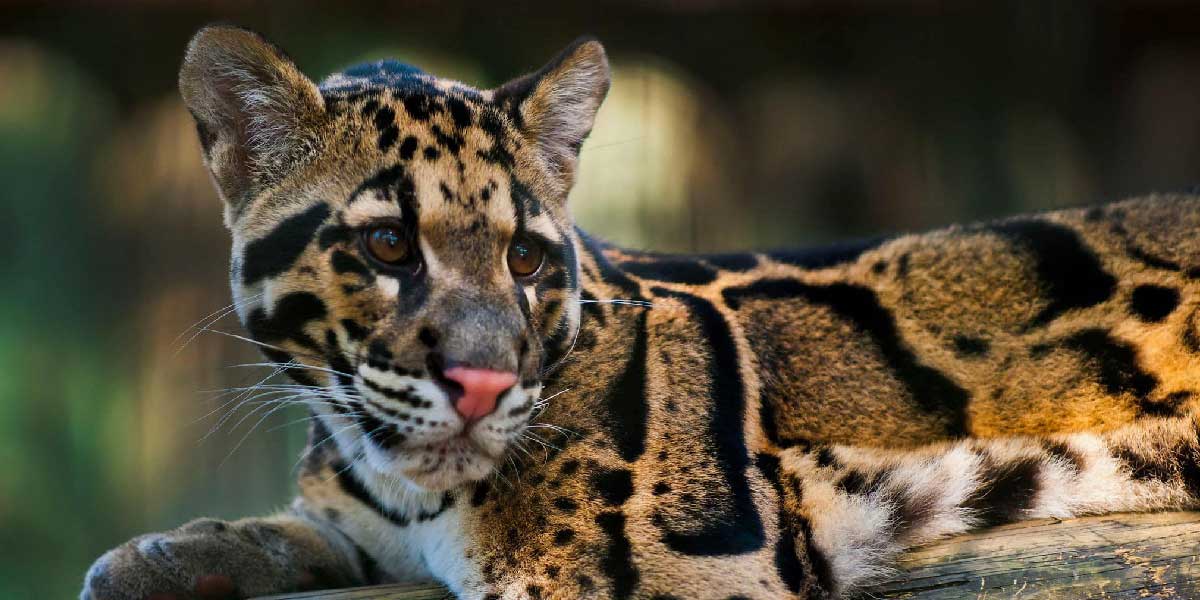The clouded leopard, which has not been seen for 30 years, is a type of panther with poorly understood behavior.
Last August 4th, the International Clouded Leopard Day was celebrated. This species of panther was last seen in Taiwan in 1983 until new sightings were reported in 2018.
Since that year, Laurent Amos and Dan Kemp, who are both workers at Howlett Wild Animal Park, have proposed to celebrate an event in August that would raise awareness about the need to conserve and preserve the habitat of this species.
Records indicate that the clouded leopard measures between 60 and 110 cm. The clouded leopard is nimble and can climb among tree branches with ease. Its distinguished characteristics include fur with large irregular brown spots bordered in black to camouflage among leaves.
Its origin is uncertain because it is a relatively unknown species. According to some, it is indigenous to the tropical and subtropical forests of eastern India, southern China, Indochina, and Burma. However, the majority of biologists contend that it originates from Taiwan.
This species inhabits mountainous regions above 2,000 meters sea level, as well as depressions, swamps, and coastal mangroves.
There have been no records of this species since 1983. In 2001 and 2013, a team of zoologists from Taiwan and the United States conducted separate investigations and failed to observe a single specimen. Hence, this species was declared extinct due to the destruction of its habitat, caused by massive deforestation in South Asia.
In 2018, rangers in Alangyi village, Taiwan reported sighting some specimens, which prompted the authorities to capture and breed them in captivity.
Records suggest this species has been observed in various Asian territories ranging from the jungles of Indonesia to the slopes of the Nepalese Himalayas. However, the size of their populations is unknown, making this a vulnerable species.
The clouded leopard is one of the feline species with exceptional tree-climbing abilities. It hangs upside down using its sharp claws and short legs anchored on its ankles, allowing it to descend like a squirrel. Its perfect eyesight enables it to calculate distances accurately and walk on trees with the help of its tail that helps it maintain balance.
Although scientists have limited information about this species in the wild, it is believed to be a solitary, nocturnal animal that comes down from the trees to hunt a variety of prey, such as deer, monkeys, squirrels, and birds.

